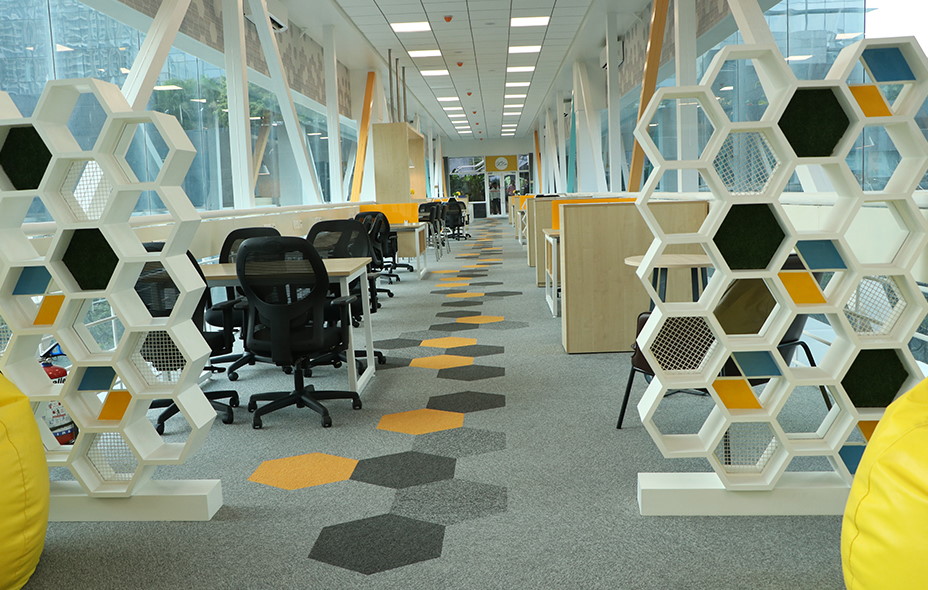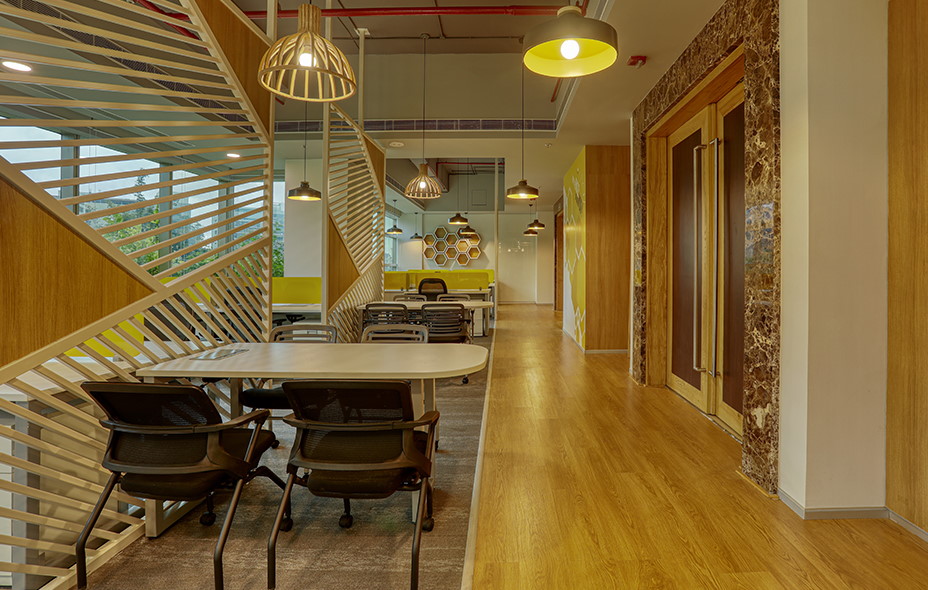However bad the pandemic may have been, it’s been a crucial teacher for us. The most important thing that it brought focus to is hygiene. Now everybody is way more cautious about their environment and the surrounding air.
A 2015 joint report by real estate firm JLL found that 90% of office buildings were not achieving substantive reductions of pollutants on bad air days.
As things have normalized and people are back to their offices where they spend 8-9 hours of their day in the office, concerns about the indoor environment are natural. Is indoor air safe? Can it be potentially a carrier for any virus or any other pathogen? The leaders and the building admins are taking steps to improve office building health. But before we dive into that, let’s quickly look why clean indoor air is important.
Why do we need to heed indoor air quality?
The indoor air is maintained through HVAC systems that recirculate the air internally, mostly taking only a small amount of fresh air from the outside in circulation. This makes it a carrier for any virus- or bacteria-laden aerosol by recirculating the droplets elsewhere and creating a potential health hazard, especially in situations like the COVID-19 pandemic. This poses a serious threat for the rest of the staff and the other officials in the building.
Apart from the obvious immediate threat of COVID-19, unhealthy air also creates other menaces:
- Its immediate health risks include headaches, dizziness, fatigue, irritation of your eyes, nose and throat.
- Some chronic effects that may come to light years later, can be respiratory conditions, heart disease, and cancer, leading to fatal conditions.
One significant reason for the need for healthy indoor air is indoor air pollution. Environmental Protection Agency (EPA) states that indoor air pollution is usually 2-5 times higher than that of outdoor levels. This can be due to various reasons like the accumulation of dust and pollutants in air vents, poor external air quality seeping in, high temperatures and humidity, unvented or central heating systems, etc.
Breathing sterile air in the office can have an astounding impact on employees. While physically they are free from any airborne illness linked to ‘sick building syndrome’, fresh air also keeps them mentally active during work. According to Harvard, a combined study in 2015 revealed that people working in well-ventilated offices have significantly higher cognitive function scores in developing strategy and responding to a crisis.
All these reasons and the health risks associated compel us to take a harder look into the Indoor Air Quality (IAQ) and improve it for everyone’s betterment.
So how to do that?
Maintaining Healthy Indoor Air Quality
As per WHO directives,
“There should be fresh, clean air in all workplaces. For jobs and work tasks at medium or high risk of exposure, WHO recommends an increased ventilation rate through natural aeration or artificial ventilation, preferably without re-circulation of the air. In case of air recirculation, filters should be cleaned regularly.”
-
Ventilation
The best possible solution for clean air is to have large windows and keep them open for circulation of fresh air. Proper ventilation is important to diffuse and carry away the harmful aerosols. The windows and doors should be kept open whenever the temperature and humidity permits. Natural ventilation can also improve IAQ by reducing indoor pollutants.
-
Air Filtration
High-quality air filters and HVAC systems should be used to ensure the flow of safe and healthy air within the premises. The HEPA filters should be able to trap the larger particles like lint and other bigger dust particles (PM10, PM2.5, etc.) as well as minute contaminants like microbes. The air filtration system can be optimized by either installing UV lamps inside the duct to kill the pathogens in the airflow or by allowing a greater ratio of outdoor air into the input air to dilute the aerosols.
-
Air Quality
“You cannot improve what you cannot measure.”
To improve the air quality, it’s necessary to monitor it and keep it in check. Installing an air-monitoring device to monitor different pollutants and other factors helps in keeping a track of indoor contaminants and implementing appropriate solutions (like installing air purifiers, cleaning of ducts, etc.) on time.
-
Indoor Plants
Many indoor plants are known to be natural air purifiers. For instance, Spider Plant and Golden pothos are effective in absorbing Benzene, Formaldehyde, Carbon Monoxide, and Xylene from the air. Making the office a green space can help a great deal in combating unhealthy indoor air by absorbing such toxins.
-
Maintaining Cleanliness
Maintaining proper hygiene is a crucial part of maintaining healthy indoor air quality. Overall building health plays an important role here. From maintaining cleanliness so no outside particulate and germs prevail inside to preventing microbe multiplication through optimized temperature and humidity to making an energy-efficient space, all the efforts lead to making a perfect work environment.
-
Cleaning of HVAC ducts
The HVACs continuously circulate air throughout. With time, dust, debris, and pathogens may collect in the ducts. These contaminants, if not cleaned, may become the source to various airborne diseases in addition to spreading foul odours. Hence, it’s important to get these ducts cleaned regularly for clean air.
IAQ has attracted significant attention recently and the leaders are taking it seriously now. A 2020 CBRE 2020 Occupier Survey shows that 25% of the office occupiers look for wellness capability as a determining factor when selecting a building. It’s time to include IAQ as a key factor for the future offices to provide the employees with safe and healthy indoor air.




